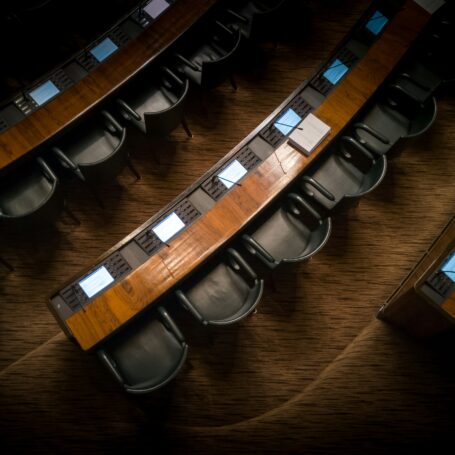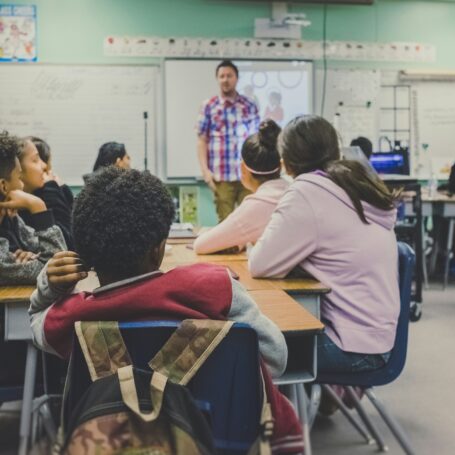Visitor Centers, Collaboration, and the Role of Local Food and Beverage as Regional Tourism Development Tools
 Abel Duarte Alonso, University of Western Sydney; Edith Cowan University, and Yi Liu, Curtin University, published “Visitor Centers, Collaboration, and the Role of Local Food and Beverage as Regional Tourism Development Tools: the Case Of The Blackwood River Valley in Western Australia” was published on OnlineFirst on July 14th, 2011 in the Journal of Hospitality and Travel Research. Dr. Alonso kindly provided the following thoughts on the article.
Abel Duarte Alonso, University of Western Sydney; Edith Cowan University, and Yi Liu, Curtin University, published “Visitor Centers, Collaboration, and the Role of Local Food and Beverage as Regional Tourism Development Tools: the Case Of The Blackwood River Valley in Western Australia” was published on OnlineFirst on July 14th, 2011 in the Journal of Hospitality and Travel Research. Dr. Alonso kindly provided the following thoughts on the article.
Who is the target audience for this article?
Academics, practitioners, industry bodies, in essence, the main stakeholders in the process of tourism development, marketing and management.
What inspired you to be interested in this topic?
I have a strong interest in tourism development in rural areas, and in studying its potential to be incorporated or blended with other sectors, including food and beverage.
Were there findings that were surprising to you?
Yes, for instance, the fact that to date very little has been done to promote local foods or blend this component into a more wholesome tourism experience in addition to sightseeing and outdoor activities.
How do you see this study influencing future research and/or practice?
The study offers insights that could be further studied in the region and elsewhere. An aspect of key importance would be to continue studying the developments in the region longitudinally.
How does this study fit into your body of work/line of research?
This is the line I am pursuing at the moment: Studying a region seeking to establish or develop its image as a tourism destination, as well as identifying opportunities and challenges in the successful development (and consistency) of tourism and destination marketing.
How did your paper change during the review process?
It changed in the sense that reviewers’ suggestions and constructive feedback were incorporated, for instance, consulting additional literature, exploring the theoretical foundation of the paper further and providing more thorough implications. We believe that these elements contributed to more rigour and to a better, more carefully crafted paper.
What, if anything, would you do differently if you could go back and do this study again?
Definitely, studying the perceptions of local food producers and whether they are or not currently working with visitors centres in any form could have complemented well to the data collected from visitor centres. This important aspect may be incorporated in a future study.
![]()































































































